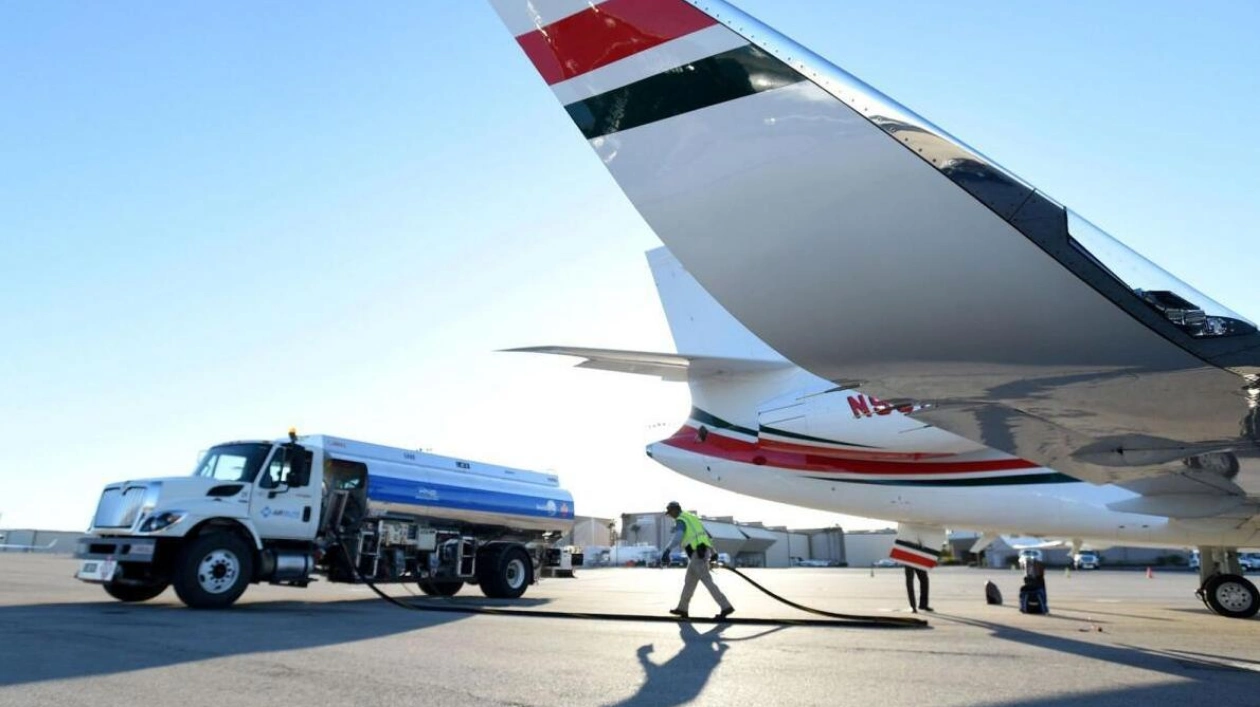Global demand for jet fuel is expected to decline as a decrease in consumer spending affects travel budgets, potentially impacting oil prices in the coming months. Global oil demand has failed to meet projections in the first half of the year, primarily due to lower-than-expected consumption in the United States and China, the largest oil markets. Jet fuel represents approximately seven percent of global oil demand and was anticipated to be a significant growth driver this year as travel recovers from the pandemic. According to Goldman Sachs, global jet fuel demand averaged around 7.49 million barrels per day (bpd) from January to July, marking an increase of nearly 500,000 bpd compared to the same period last year. However, to achieve Goldman Sachs’ forecast of a 600,000 bpd annual growth, demand must accelerate, which seems unlikely given current signs of a slowdown.
Major US airlines and travel companies have recently expressed concerns that a reduction in disposable incomes is slowing consumer spending, likely affecting leisure travel. US consumer spending growth was only 0.3 percent from March to June, the lowest rate in over a year. The International Energy Agency (IEA) noted that there is limited potential for further growth in US jet fuel demand, as a cooling economy impacts air travel. Weaker economic activity could exacerbate the slowdown in global trade, reducing air freight demand, according to Bank of America analysts. They highlighted that global trade has been slowing over the past few years due to a shift in demand from goods to services in the US and Europe.
This week, both the Organization of the Petroleum Exporting Countries and the IEA reduced their oil demand forecasts for 2024 and 2025, respectively, citing weaker-than-expected economic growth in China and other regions. A global tech outage in July, which grounded numerous flights, also affected jet fuel demand. The IEA attributed a 10,000 bpd year-over-year decrease in US jet fuel consumption in July to this outage. Bank of America analysts concluded that macro conditions for transportation fuels are rapidly deteriorating, suggesting that jet fuel demand trends remain weak.
Long-term factors, such as changes in consumer behavior and technological advancements, are also impacting consumption. Improved efficiency and mileage in newer aircraft allow airlines to carry more passengers over longer distances while using less fuel, according to Rystad analyst Wei Ran Gan. The average fuel economy of US commercial carriers improved from 64.9 to 65.5 seat miles per gallon between 2019 and 2023. A post-pandemic preference for shorter domestic flights over international travel has also reduced demand, as noted by Bank of America analysts. Additionally, ongoing trade wars between the US and China have significantly reduced air traffic between the two countries, and international travel from Russia has dropped by 40 percent since 2019 due to border closures following the invasion of Ukraine.
Goldman Sachs analysts estimate that if these two routes had maintained their growth, jet fuel demand would have been approximately 80,000 bpd higher. They anticipate continued growth in jet fuel demand but warn that the current slowdown and improvements in mileage pose risks to their oil demand and price forecasts for the year.






